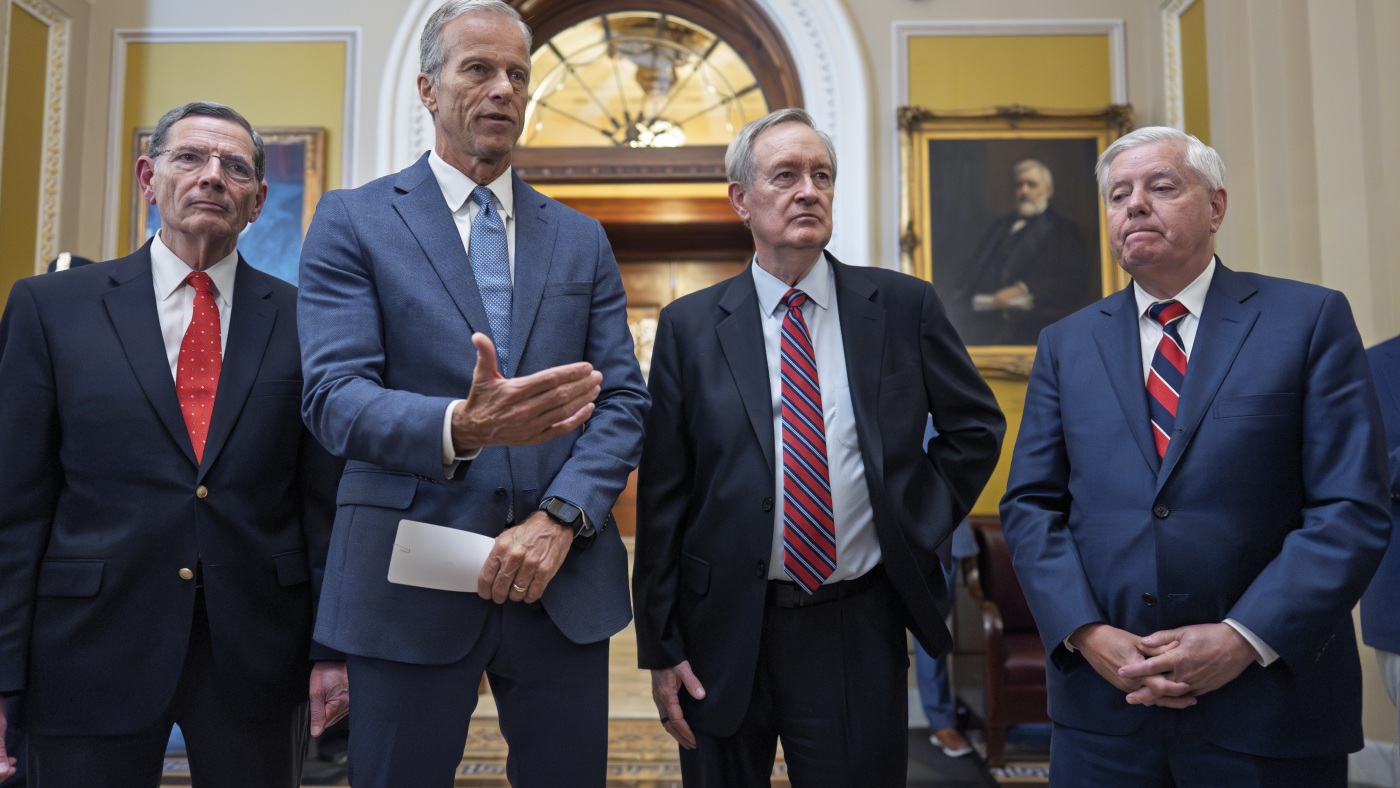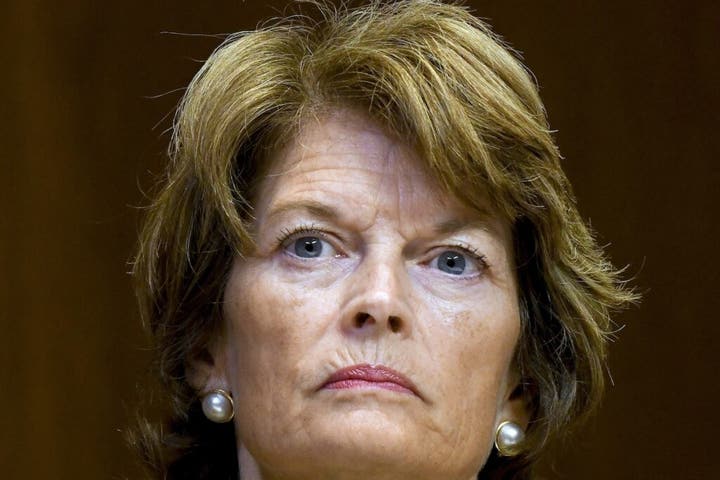The intricate dance between political rhetoric and economic reality continues to shape the United States’ financial landscape, with former President Donald Trump’s signature policies, particularly tariffs, playing a pivotal role in maintaining elevated U.S. interest rates. Federal Reserve Chair Jerome Powell recently underscored this, confirming that the unexpectedly substantial “size” of these tariffs is the chief factor preventing the central bank from lowering rates this year, a decision that directly impacts the broader US Economy and financial markets.
Indeed, one cannot help but ponder an alternate economic reality where the federal funds rate might sit considerably lower, perhaps within the 3.75% to 4.25% range, had these trade barriers not been imposed. This counterfactual scenario highlights the significant opportunity cost incurred by the tariff strategy. While the thought of a more accommodative monetary policy stings, it’s worth considering that without the dampening effect of tariffs, other Trump-era policies, such as anticipated tax cuts and deregulation, could have fueled economic exuberance, potentially pushing inflation forecasts even higher and necessitating a different set of corrective measures from the Federal Reserve.
Amidst this monetary policy backdrop, Trump’s legislative agenda has also left its mark, with a significant “megabill” narrowly passing through the Senate. The bill, which required Vice President JD Vance’s tie-breaking vote to advance, is poised to deliver substantial tax credits to vital chipmakers, aiming to bolster domestic manufacturing and innovation within a critical industry. While proponents argue this injection of capital will provide a much-needed “shot in the arm” for the US Economy, critics note its potential to increase the national deficit, sparking a renewed debate about fiscal responsibility versus industrial stimulus.
The financial markets have responded with a mix of volatility and resilience to these developments. Following Powell’s remarks and the legislative maneuvering, the S&P 500 experienced a slight dip from its record highs, reflecting investor caution and sensitivity to monetary policy signals. Concurrently, specific corporate entities felt direct impacts, with Tesla shares tumbling after comments from the former president regarding the company’s subsidies. Conversely, amidst the broader economic recalibration, Asian-Pacific markets largely softened, though Singapore stocks notably defied the trend, reaching a new record high, illustrating varied global responses to the complex interplay of international trade and domestic policy.
Ultimately, the current economic climate is a testament to the profound and far-reaching effects of high-level political decisions. The ongoing influence of tariffs on interest rates, coupled with the strategic implications of significant legislative initiatives like the chipmaker tax credits, underscores a complex and evolving economic narrative. As policymakers navigate the balance between stimulating growth and managing inflation and debt, the intricate relationship between Washington’s political maneuvers and the pulse of the US Economy remains a central focus for analysts and citizens alike, influencing everything from investment strategies to daily consumer costs.
Discover more from The Time News
Subscribe to get the latest posts sent to your email.



